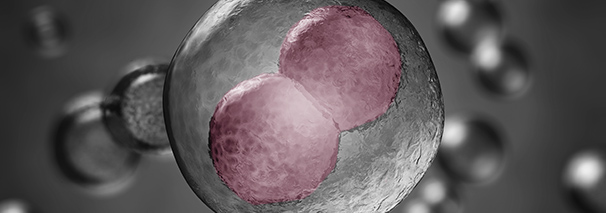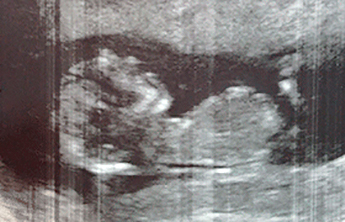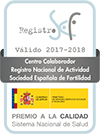
Eva Clinics have the embryo culture technique up to the blastocyst stage, in those cases in which it is required. It has also known as prolonged embryo culture.
The blastocyst stage is reached between the day 5 or 6 in the embryo development and it has a high implantation potential into the endometrium as well as high pregnancy potential.
The traditional embryo transfer technique is performed 72 hours (3rd day of the embryo development) after the removal of the eggs. During these first days of development, embryo metabolic needs change. With the use of this technique embryo culture is prolonged up until 5-6 days providing necessary nutrients to each stage of embryo development in order to achieve the blastocyst structure.
Some advantages about prolonging embryo culture up to the blastocyst stage are that it allows a better selection of viable embryos and synchronization between embryo development and uterine environment reducing the risk of rejection once the transfer is performed and the chances of getting pregnant are considerably increased.
WHEN EMBRYO CULTURE UP TO THE BLASTOCYST STAGE IS PERFORMED?
Embryo culture technique up to the blastocyst stage is indicated in the following cases:
- Cases of implantation failure in previous transfers.
- Cases of embryo Preimplantation genetic diagnosis (PGD), a prolonged culture is done up to day 5 to obtain the genetic study results.
- Patients who should avoid multiple pregnancy because only one embryo of good quality can be transferred through this technique.
- Patients who desire to transfer only one embryo to fully optimise the selection.
Generally this technique is used when there is a good quantity of embryos. This technique is a further step in the embryo selection and where embryos are subjected to a test strength when it is required.
HOW DOES CULTURE IS PERFORMED?
Embryos are subjected to a prolonged culture between 5-6 days, depending on when they achieve the blastocyst stage.
They are cultivated in a micro-droplet covered by a mineral oil layer to guarantee optimal temperature conditions, pH and infertility.
During this culture – the division speed, the cells size, the expansion rate, the pellucid zone thickness, blastocoel cavity, trophectoderm and especially the structure of the inner cell mass are evaluated.






